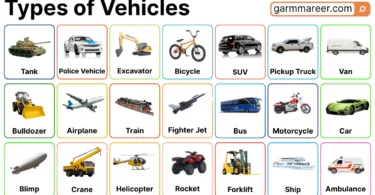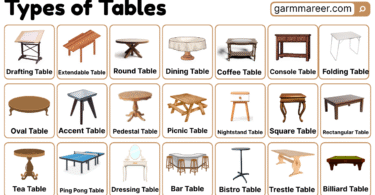By learning rock names, you’ll better understand earth materials used in building and science. This post helps learn rock names in English with pictures for each type. You’ll know how rocks differ by formation, category, and texture. Whether you’re a student or an English learner, this makes identification easier and more visual. Each name connects to real-world items or learning topics in geology. The goal is to save your time and help crawlers index faster.
Table of Contents
Common Rock Names with their Pictures
Here is a list of common rock names often used in science, school textbooks, and English learning. These rocks are shown with pictures in the post.
- Sandstone: A sedimentary rock made of sand-sized mineral particles.
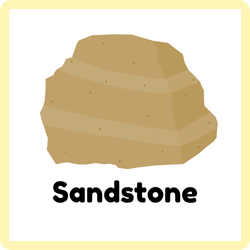
- Siltstone: A fine-grained sedimentary rock composed mainly of silt.
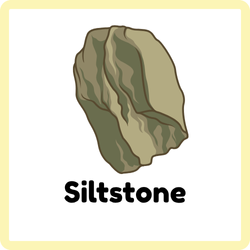
- Obsidian: A dark, glassy volcanic rock formed from rapid cooling lava.
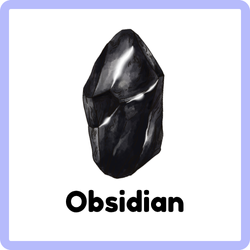
- Basalt: A dark, fine-grained volcanic rock formed from lava.
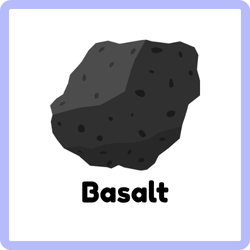
- Breccia: A rock made of sharp, broken fragments cemented together.
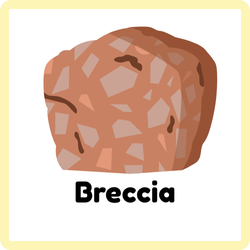
- Pegmatite: A coarse-grained igneous rock with large crystal formations.
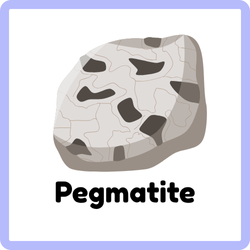
- Pumice: A light, porous volcanic rock formed during explosive eruptions.
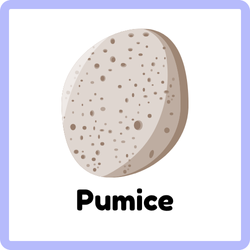
- Conglomerate: A sedimentary rock made of rounded pebbles and cement.
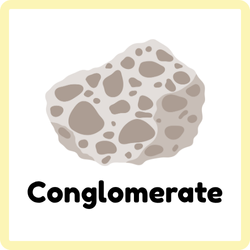
- Scoria: A dark, porous volcanic rock with many gas bubbles.
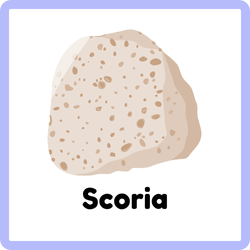
- Gabbro: A coarse-grained igneous rock rich in dark minerals.
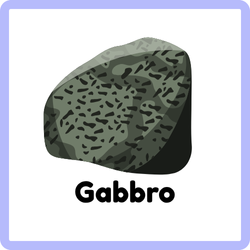
- Diorite: A speckled igneous rock with light and dark minerals.
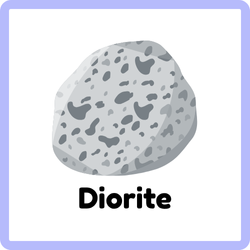
- Rhyolite: A light-colored volcanic rock rich in silica.

- Dolomite: A sedimentary rock containing calcium magnesium carbonate.
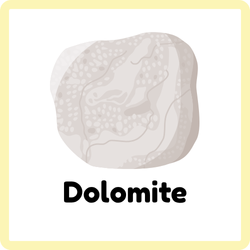
- Shale: A fine-grained sedimentary rock that splits into thin layers.
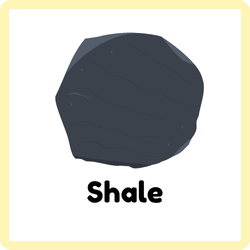
- Tuff: A rock formed from compressed volcanic ash.
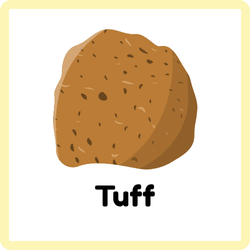
- Andesite: A volcanic rock with a medium-gray color and fine texture.
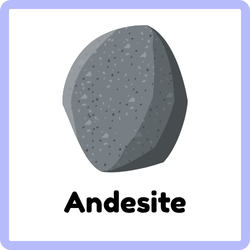
- Granite: A coarse-grained igneous rock with quartz and feldspar.

- Limestone: A sedimentary rock mainly composed of calcium carbonate.
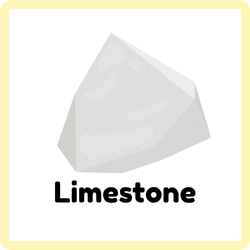
- Mudstone: A fine-grained sedimentary rock made from clay and silt.
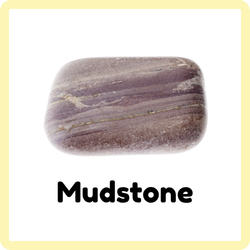
- Chalk: A soft, white form of limestone made from tiny marine shells.
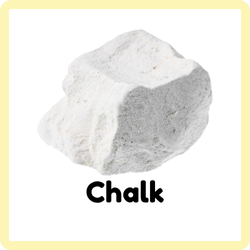
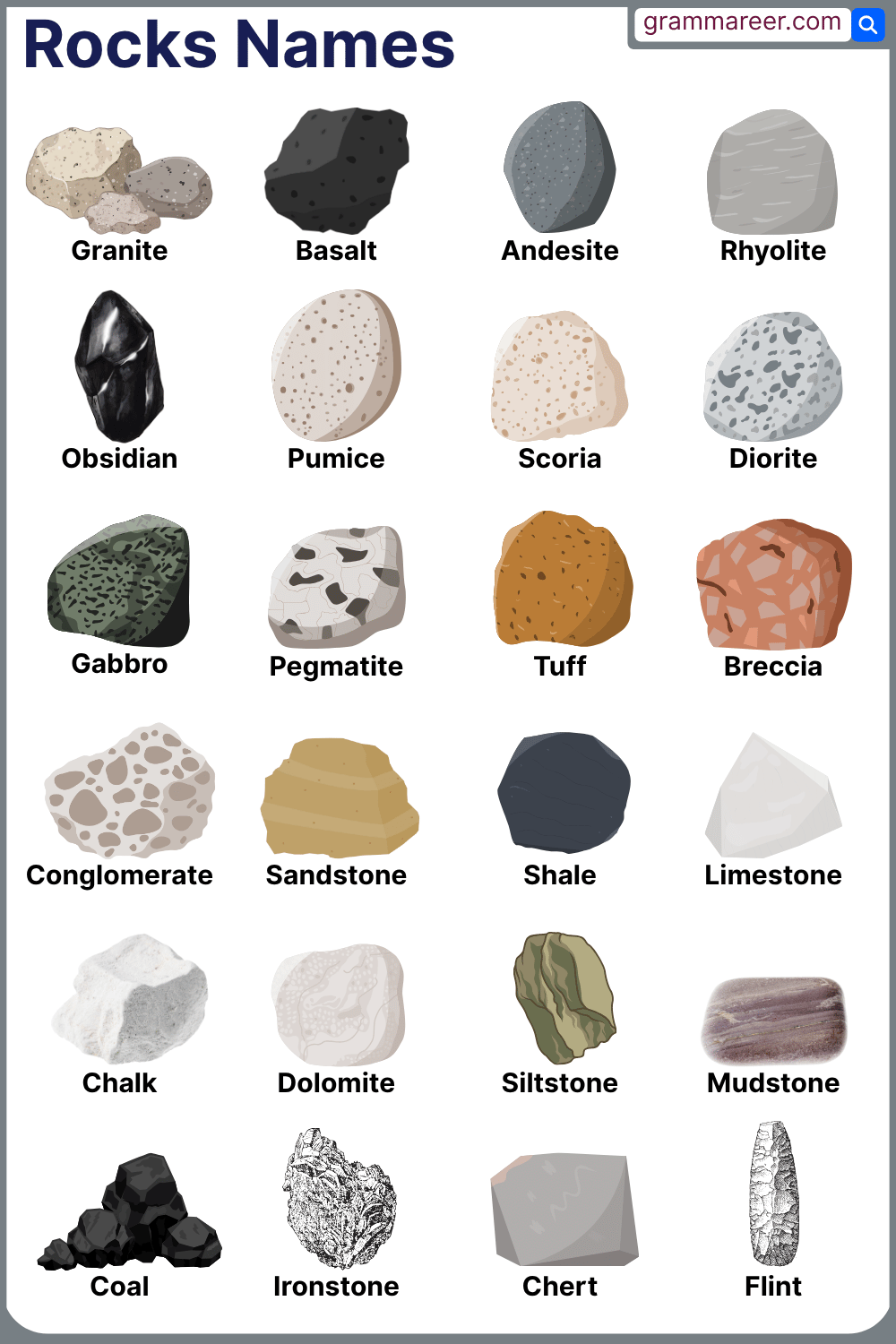
Types of Rocks in English
Rocks are classified based on how they form. There are three main types in English vocabulary.
Igneous Rock Types
Igneous rocks are divided by how they cool: deep underground or near the surface.
Intrusive Igneous Rocks
These rocks cool slowly below the surface, forming large crystals.
- Granite: A coarse-grained rock often used in construction.
- Gabbro: Dark, dense, and full of visible crystals.
- Diorite: Speckled in color, often grey and white.
- Peridotite: Rich in dark minerals like olivine.
Extrusive Igneous Rocks
These rocks form when lava cools quickly above ground, making crystals smaller.
- Basalt: A dark, fine-grained rock found in lava flows.
- Obsidian: Shiny black volcanic glass, smooth and sharp.
- Rhyolite: Light-colored with small grains and silica-rich.
- Andesite: Often gray, found in volcanic areas.
Sedimentary Rock Names List
Sedimentary rocks are grouped based on how they’re formed and what materials they include.
Clastic Sedimentary Rocks
Formed from pieces of other rocks cemented together.
- Sandstone: Made from sand-sized particles.
- Shale: Soft and made of mud or clay.
- Conglomerate: Contains large rounded particles.
- Breccia: Like conglomerate, but with sharp fragments.
Chemical Sedimentary Rocks
Formed when minerals dissolve in water and then crystallize.
- Limestone: Made from calcium deposits; reacts with acid.
- Rock salt: Formed from dried-up salty water; edible form is table salt.
- Chert: Hard and sharp, used in early tools.
- Flint: A dark form of chert, smooth and glossy.
Organic Sedimentary Rocks
Formed from plant or animal remains.
- Coal: Made from ancient plant material, dark and light.
- Chalk: Soft, white, and made from sea organisms.
Metamorphic Types of Rock Names
Metamorphic rocks form when existing rocks change due to pressure and heat.
Foliated Rocks
Show layers or bands due to pressure.
- Slate: Thin and flat, used in roofing.
- Schist: Sparkly and layered, often with mica.
- Gneiss: Banded appearance with light and dark layers.
Non-Foliated Rocks
Do not show layers; they form under uniform pressure.
- Marble: Soft and white, formed from limestone.
- Quartzite: Hard and glassy, from sandstone.
- Hornfels: Fine-grained and tough.
- Soapstone: Smooth and soft, used for carving.
Common Rock Names by Type, Texture, and Density
| Rock Name | Rock Type | Typical Texture | Density / Weight |
|---|---|---|---|
| Granite | Igneous (Intrusive) | Coarse-grained | Heavy |
| Basalt | Igneous (Extrusive) | Fine-grained | Very Heavy |
| Obsidian | Igneous (Extrusive) | Glassy | Medium to Heavy |
| Gabbro | Igneous (Intrusive) | Coarse-grained | Very Heavy |
| Andesite | Igneous (Extrusive) | Fine-grained | Medium to Heavy |
| Rhyolite | Igneous (Extrusive) | Fine-grained | Medium |
| Pumice | Igneous (Extrusive) | Porous / Frothy | Very Light |
| Diorite | Igneous (Intrusive) | Coarse-grained | Heavy |
| Sandstone | Sedimentary | Medium-grained | Medium |
| Shale | Sedimentary | Very fine-grained | Light to Medium |
| Limestone | Sedimentary | Fine to medium-grained | Medium |
| Chalk | Sedimentary | Soft / Powdery | Very Light |
| Conglomerate | Sedimentary | Coarse-grained / Rounded | Medium to Heavy |
| Breccia | Sedimentary | Coarse-grained / Angular | Heavy |
| Coal | Sedimentary (Organic) | Soft to hard | Light to Medium |
| Rock Salt | Sedimentary (Chemical) | Crystalline | Medium |
| Flint | Sedimentary (Chemical) | Very fine / Smooth | Dense and Hard |
| Marble | Metamorphic | Crystalline / Smooth | Heavy |
| Slate | Metamorphic | Fine-grained / Layered | Medium |
| Schist | Metamorphic | Medium-grained / Shiny | Heavy |
| Gneiss | Metamorphic | Banded / Coarse | Very Heavy |
| Quartzite | Metamorphic | Very Hard / Fine | Heavy |
| Hornfels | Metamorphic | Dense / Fine-grained | Very Heavy |
| Soapstone | Metamorphic | Soft / Smooth | Medium |
| Tuff | Igneous (Volcanic Ash) | Porous / Lightweight | Light |
FAQs
Igneous, sedimentary, and metamorphic: based on how they’re formed.
Granite is coarse-grained and intrusive, basalt is fine-grained and extrusive.
Coal is formed from ancient plant material and is an organic sedimentary rock.
Yes, marble is a non-foliated metamorphic rock formed from limestone.
They are made from fragments of other rocks that are compressed together.
You May Also Like


